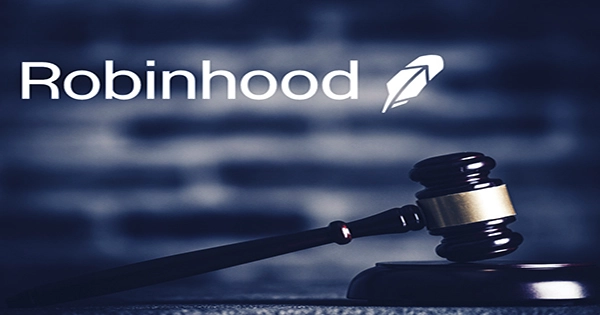Robinhood’s stock was down double-digit percentage points in pre-market trading when we published this, and it opened under $10 per share. As a result, it was current at the time. Robinhood shares, on the other hand, have surged since that time. Read on for the market’s negative setting at the start of the day, but keep in mind that by midday trading, Robinhood had recovered its losses! The trading and investing boom of 2020-2021 boosted revenue growth, fundraising, and narrative strength for many organizations.
Some of the most well known companies even went public because of a global trend that helped them shine. The luster is wearing off, and the value of some fintech companies is plummeting. Robinhood, a business that became synonymous with consumer trading and investment activity in general, and the meme stock craze in particular, is the best example of this reversion.
Robinhood’s recent findings are all the more relevant to how public and private markets have altered in late 2021 and so far in 2022, thanks to the addition of crypto trading in recent years. The stock of Robinhood plunged dramatically yesterday, and it sank even more after the business released its Q4 2021 numbers. Robinhood stock was trading at roughly $10.85 per share this morning, down 71.5 percent from its IPO price and 87.2 percent from its all-time highs. What went wrong? Let us have a look.
What makes Robinhood so special? To understand the business of Robinhood, simply multiply active users by average revenue per user. Monthly active users, or MAUs, assist the company in generating revenue via order flow and other sources. The average revenue per user (ARPU) is just that, allowing us to measure the company’s overall health as MAU*ARPU = outcomes if you are into truly bad acronyms. More of either is beneficial, while less of either is detrimental. More of both in any quarter is ideal, whereas less of both in any quarter is almost always disastrous. Let us get down to business.
According to Katie Roof, a friend of the blog, Robinhood is looking for new funding at a relatively flat valuation. I understand if the news has left you perplexed, after experiencing some embarrassing downtime in March, Robinhood faced a barrage of negative news and user complaints, and am not the capital market for private companies in horrible shape.
However, the round is fairer than you may believe, owing to the fact that Robinhood’s income has grown to a significant level, and it, like other savings and investing-focused financial apps, is seeing a surge in demand. Let us talk about Robinhood briefly and look into some additional data from its informal cohort of companies (including M1 Finance, more on them later) to show that there is interest in helping people save.















